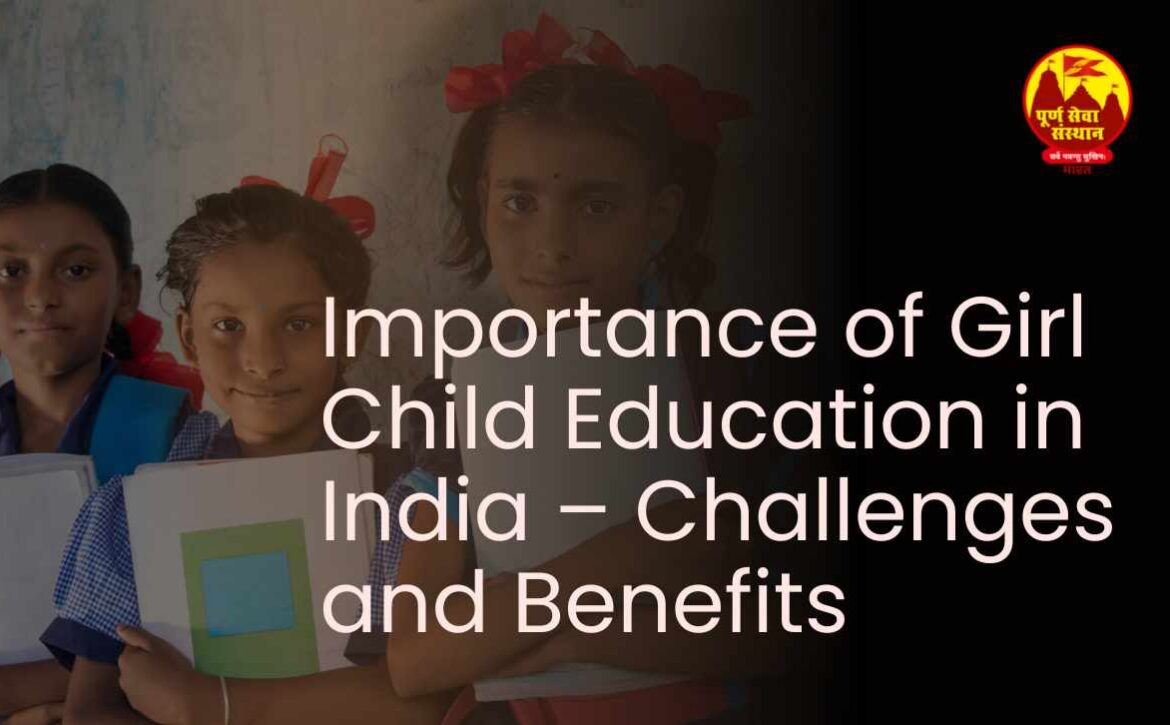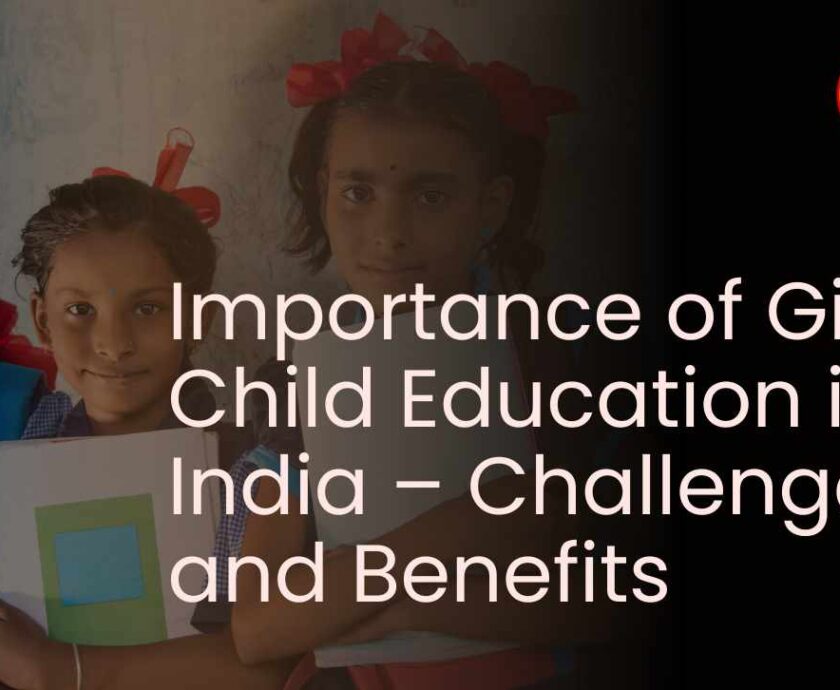Importance of Girl Child Education in India – Challenges and Benefits

The importance of Girl Child Education cannot be overstated, especially within the framework of Education in India. This blog post aims to shed light on the current state of Girl Child Education in India, exploring its challenges and underlining its benefits.
The Current State of Girl Child Education in India
1. Statistics Highlighting the Current Scenario
The education of the Girl Child in India presents a varied picture. It’s reported that while the literacy rate for females increased to 70.3% in 2021 from 53.7% in 2001, a significant gap remains compared to the male literacy rate (82.4% in 2021). This discrepancy highlights the need to pay closer attention to Girl Child Education in India.
2. Factors Influencing the Low Rate of Girl Child Education
Various factors influence the lower rate of Girl Child Education. Socio-economic constraints, patriarchal mindsets, poverty, and safety issues have created significant roadblocks to the Girl Child’s education journey.
The Challenges of Girl Child Education in India
1. Sociocultural Barriers
The Girl Child often faces significant sociocultural barriers in India. Deep-seated orthodox beliefs and traditional practices often hinder her educational progress. Moreover, the harsh reality of poverty and adult illiteracy within families also contribute to her academic challenges.
2. Institutional Challenges
Institutional challenges such as inadequate school infrastructure, the scarcity of female teachers, and the questionable quality of education often discourage parents from sending their Girl Child to school.
3. Safety Concerns and Discrimination
Safety concerns for the Girl Child in India, and the persistence of gender discrimination, are other critical challenges. Harassment, bullying, and other safety issues discourage parents from educating their daughters.
The Importance and Benefits of Girl Child Education
1. Empowering the Girl Child and the Community
Education is a potent tool for the Girl Child’s empowerment. It gives her the skills, knowledge, and self-confidence to contribute meaningfully to society.
2. Economic Benefits
Educating the Girl Child has tangible economic benefits as well. An educated woman can contribute to her family’s income, uplifting the financial condition of her community and the country.
3. Promoting Gender Equality
Girl Child Education is pivotal in promoting gender equality and social justice. Education equips girls with the confidence and tools to challenge social norms and barriers, leading to more equitable societies.
The Role of Parents, Government, and Society
1. Parents and Family
The role of parents and families is paramount in promoting Girl Child Education. It’s essential to encourage parents to support their daughters’ education and challenge traditional beliefs hindering their progress.
2. Government Initiatives
Several government initiatives are targeted at improving Girl Child Education in India, including the ‘Beti Bachao, Beti Padhao’ campaign and the ‘Sarva Shiksha Abhiyan.’ These initiatives aim to make education accessible to every Girl Child.
3. Role of Non-Governmental Organizations and Civil Society
NGOs and civil society also play a crucial role in promoting Girl Child Education. They supplement government efforts by raising awareness, conducting community programs, and providing resources.
Conclusion
In conclusion, it’s vital to acknowledge and address the challenges impeding Girl Child Education in India. Parents, government, and society must collectively foster an environment conducive to the education of every Girl Child. The importance of Girl Child Education goes beyond individual growth; it is a keystone for economic prosperity and social justice.




